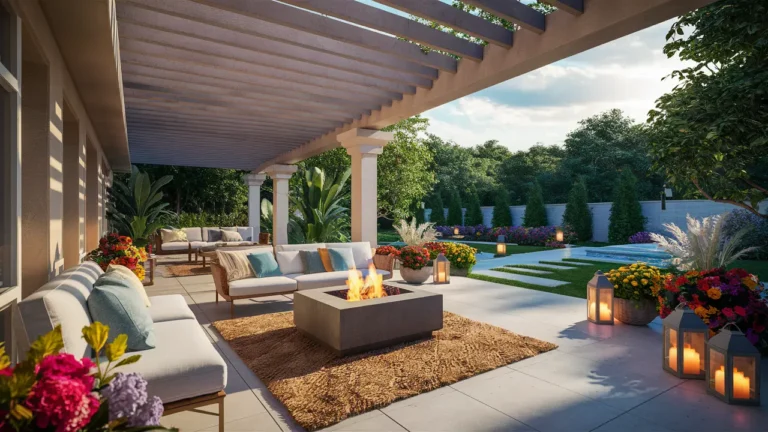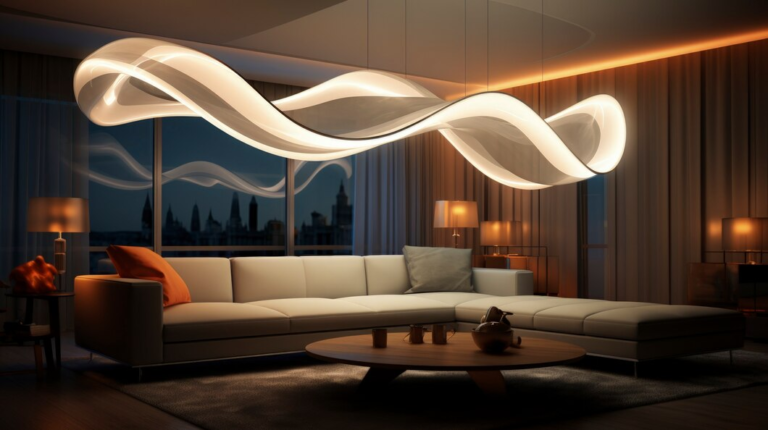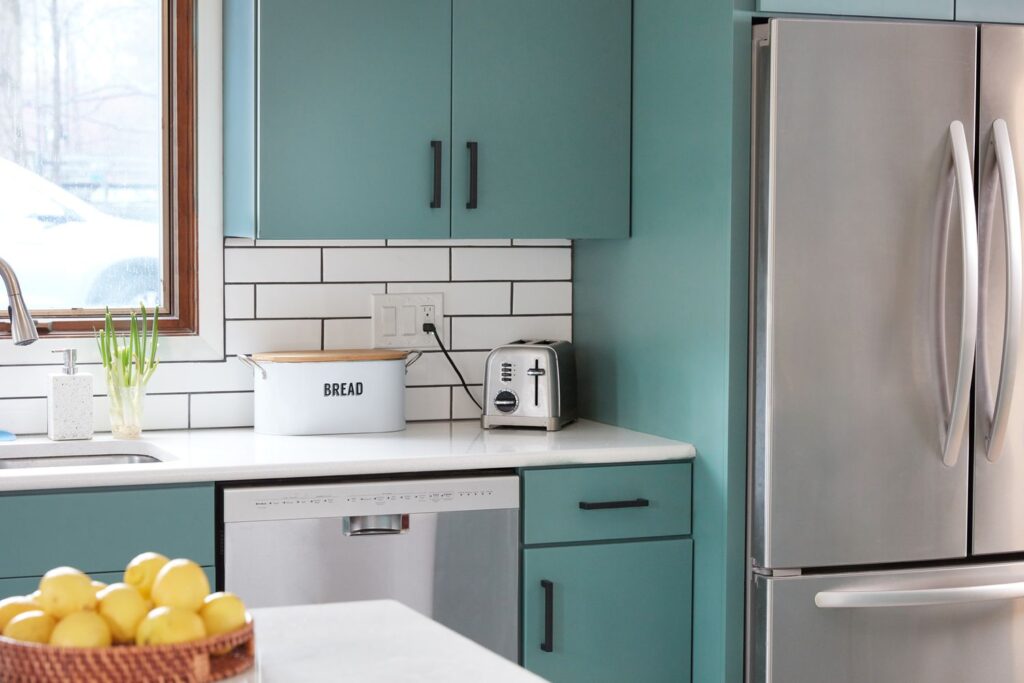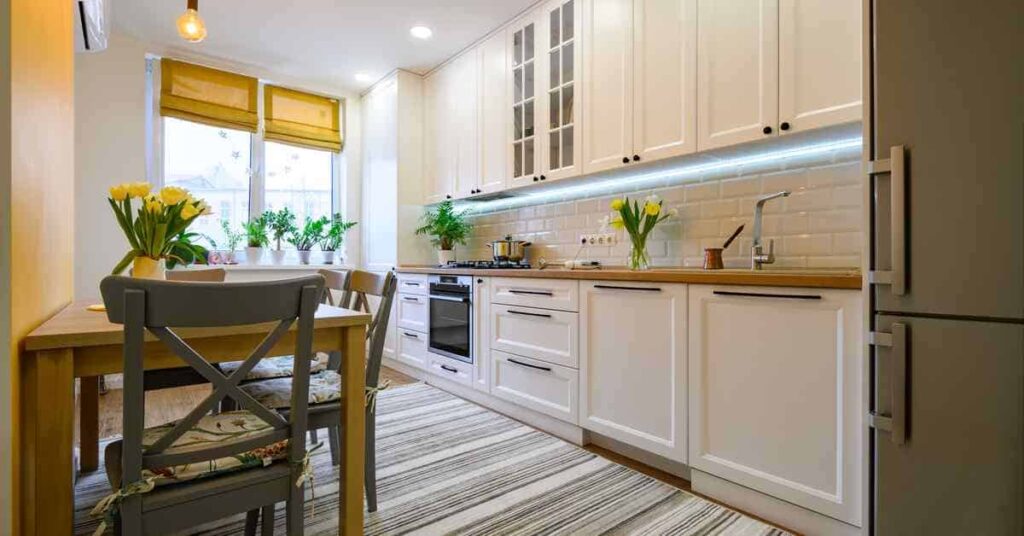Designing a kitchen involves more than just choosing the right countertops and cabinetry; it also requires careful consideration of the electrical setup to ensure safety, functionality, and efficiency. Modern kitchens, with their array of appliances and technological demands, need a well-planned circuit and current model. Here’s what you need to know to ensure your kitchen is not only beautiful but also electrically sound.
Understanding Kitchen Circuits
1. Dedicated Circuits: Most building codes require that kitchens have multiple circuits that are dedicated solely to the kitchen. These circuits are not shared with other rooms and are designed to handle the high power requirements of kitchen appliances. Common appliances that require dedicated circuits include:
- Refrigerators
- Dishwashers
- Microwaves
- Electric ranges
2. GFCI Protection: Ground Fault Circuit Interrupter (GFCI) outlets are a safety must in kitchens. These are designed to cut off electricity flow when a short circuit or ground fault is detected, preventing electrical shocks. They are especially required near water sources such as sinks.
3. Lighting and General Appliance Circuits: In addition to dedicated circuits for heavy appliances, a kitchen will also require circuits for general use, which include lighting, and sometimes, small appliances. These are typically 15-amp or 20-amp circuits, depending on the anticipated load.
Planning for Current Models
When planning your kitchen’s electrical needs, consider both the current and future requirements. This involves understanding the power requirements of each appliance and ensuring that the circuit can handle the load. Here’s how to approach it:
1. Calculate Appliance Load: Each appliance has a specific amperage requirement which determines how much current it pulls. Ensure that the sum total of appliance load on any given circuit does not exceed the circuit’s capacity. For instance, a typical dishwasher might require 10 amps, a refrigerator 15 amps, and so on.
2. Consider Circuit Capacity: Circuit capacity is typically either 15 or 20 amps in most residential kitchens. It’s crucial to ensure that the total amperage of the appliances plus a safety margin does not exceed this capacity. For a 20-amp circuit, for instance, the total continuous load should ideally not exceed 16 amps (80% of the capacity as a safety margin).
3. Future-Proofing: If you plan to upgrade your kitchen or add more appliances in the future, it’s wise to install additional circuits or opt for higher capacity ones during the initial design phase. This can save on costly rewiring later on.
Layout Considerations
1. Efficient Appliance Placement: Position appliances to minimize the distance between them and their respective circuit sources. This not only makes for a safer kitchen by reducing the need for extension cords but also helps in maintaining electrical efficiency.
2. Accessible Outlets: Ensure that outlets are conveniently located where appliances will be used but also consider safety and aesthetic factors. Outlets should not be placed where they are difficult to reach or where they might be obstructed by furniture or appliances.
3. Aesthetic Integration: Electrical components should blend seamlessly into the kitchen design. Modern kitchens often use clever solutions like under-cabinet outlets, pop-up outlets on islands, and integrated strip outlets that are almost invisible when not in use.
Compliance and Safety
Always ensure that your kitchen’s electrical design complies with local building codes and standards. These regulations are in place to ensure safety and functionality. It’s highly recommended to work with a certified electrician who can provide guidance and ensure that all installations are up to code.
Conclusion
Designing a kitchen with the right circuit and current models is crucial for ensuring that it functions efficiently and safely. By understanding the requirements of your appliances, planning for future needs, and complying with local codes, you can create a kitchen that meets your culinary needs while being a safe, enjoyable space for everyone.















